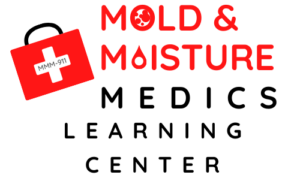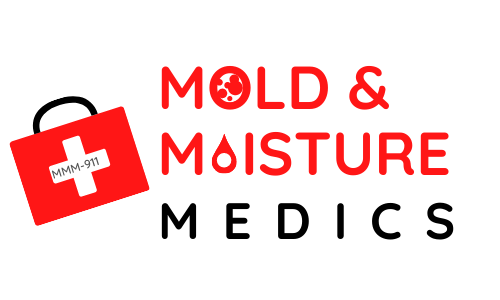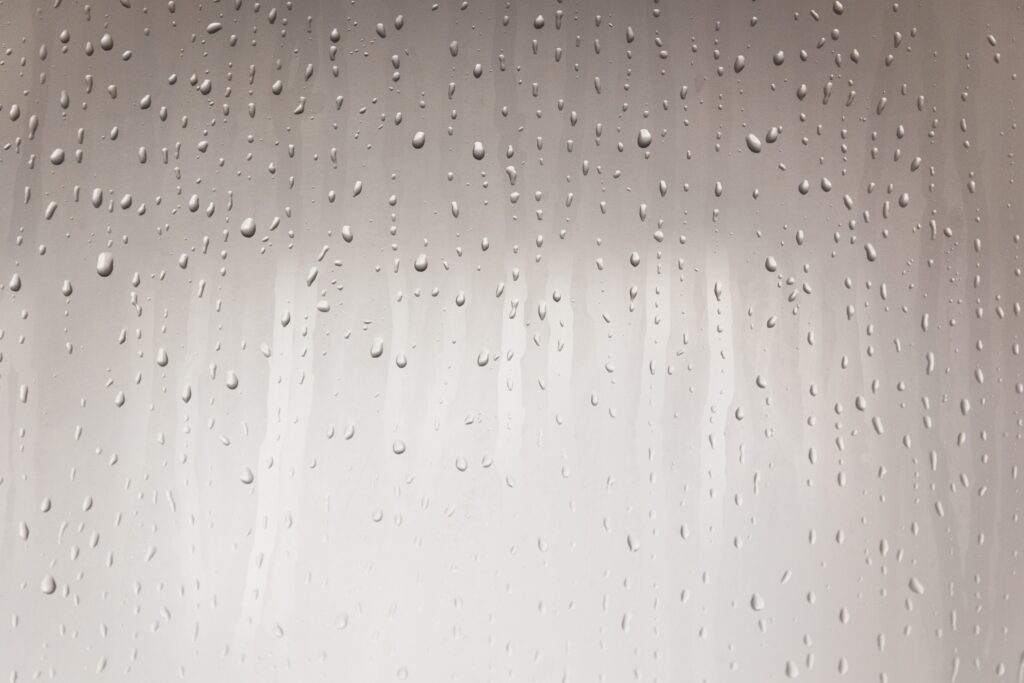
Why Your Crawl Space Moisture Makes Your Whole House Moist
Excess moisture, introduced by way of unsealed, vented crawl spaces, contributes to wood rot, mold growth and increased pest activity, including infestation and colonization.
Why Your Crawl
Stack Effect In Homes in North Carolina
Moisture in crawl spaces often migrates to the upper levels of the home through a “stack effect” or “chimney effect”. In essence, whatever air is below the house is also inside the house. As warm air rises and escapes through the upper levels of the home, it would leave a vacuum in your home, except that ew air finds its way into the home through leaks in the home and micro-holes in floorboards, drywall, etc. Much of the new air comes in at the lower levels — through unsealed crawl spaces. This may lead to costly problems in the home such as cupping of hardwood floors, mold growth, increased air conditioner loads, and swelling of millwork/cabinetry. It could also be causing health issues like allergies and asthma. Air infiltration from the crawl space may or may not carry odors and left untreated, can be the cause of poor indoor air quality and uncomfortably high humidity levels.
Unsealed Crawlspaces Use More Energy
Excess moisture in crawl spaces has also been associated with contributing to increased energy consumption. Wintertime ventilation cools the crawl space contributing to heat loss from the home. In the summer, introducing warm outside air under the home contributes to heat gains, increasing cooling loads. Ventilation of a crawl space to control relative humidity only works consistently in an arid climate. In most climates, ventilation can actually add significant quantities of moisture during humid times.

- Phone
919.702.4870
- Address
Durham, NC
Wake Forest, NC
MOLD AND MOISTURE MEDICS HAS YOUR BACK
Fill out the form below, give us a call, or send us a e-mail to schedule a consultation.

Email Us
Call us
(919) 702-4870


